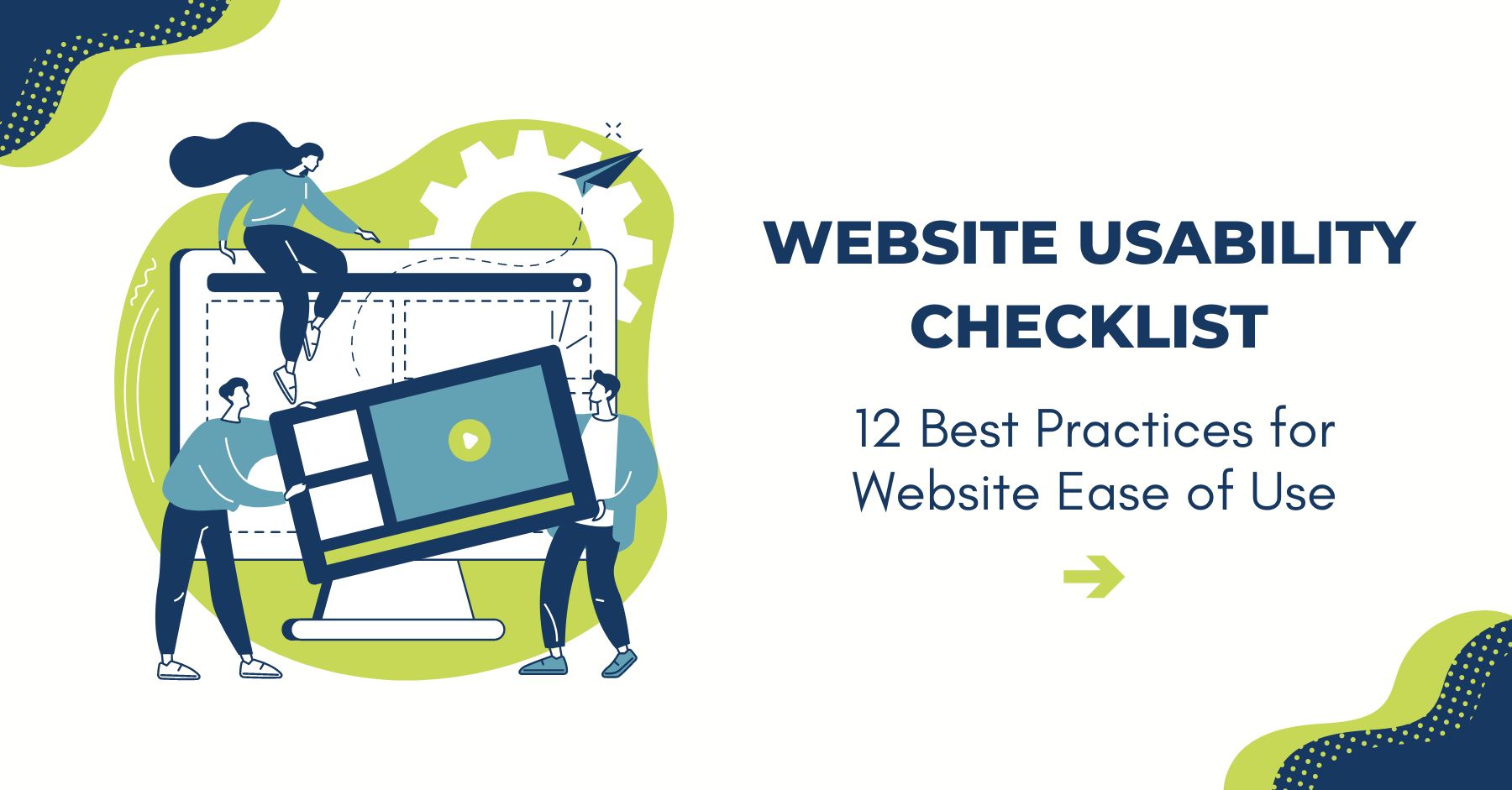CG Insights
Explore the latest trends and insights in technology and culture.
Is Your Website a Maze? Let's Simplify the User Journey
Is your website a maze? Discover how to streamline user journeys and boost conversions in our latest blog post!
Understanding User Experience: How to Navigate the Digital Maze
Understanding User Experience is crucial in today’s digital landscape, where first impressions can make or break a user's engagement with a website. User experience (UX) encompasses all aspects of the end-user's interaction with a company, its services, and its products. It goes beyond just aesthetics; it involves functional design and a clear understanding of user behavior. To effectively navigate the digital maze, one must consider factors such as usability, accessibility, and overall satisfaction. The goal is to create a seamless experience that guides users effortlessly towards their objectives.
To further enhance user experience, businesses should employ a variety of strategies, including user research, usability testing, and feedback loops. By gathering insights into user preferences and pain points, companies can iterate and improve their digital offerings. Prioritize tools that allow for real-time analytics and user tracking, which can help in optimizing navigation and content layout based on actual user behavior. Additionally, adopting a mobile-first approach ensures that users' needs are met across devices, catering to the growing number of users relying on smartphones and tablets.

5 Common Website Navigation Mistakes That Confuse Visitors
Effective website navigation is crucial for delivering a seamless user experience, yet many websites falter due to common mishaps. One of the top mistakes is using inconsistent navigation labels. When menu items are labeled differently on various pages, it leads to confusion and frustration among visitors. For instance, if a user sees 'Services' on one page and 'Our Offerings' on another, they may struggle to know if these sections are indeed the same. Adopting a uniform set of labels throughout the site ensures clarity. For further insights, check out this article on navigation design in UX.
Another frequent error is overcrowding the navigation menu with too many options. A cluttered menu can overwhelm users, making it difficult for them to find what they are looking for. To improve navigation, webmasters should prioritize essential links and consider grouping related items into dropdowns or submenus. Additionally, ensuring that the most important sections are easily accessible can significantly enhance user experience. This principle of simplicity is discussed in more detail at Nielsen Norman Group, which emphasizes how less can indeed be more in navigation design.
Is Your Website Confusing Users? Signs You Need to Simplify the Journey
In today's digital world, a confusing website can lead to lost visitors and potential revenue. Here are some signs that indicate your website may need simplification: high bounce rates, low engagement, and negative user feedback. If users are leaving your site quickly without exploring further, this is a warning flag that the journey is not smooth. Use analytics tools like Google Analytics to track user behavior and identify problem areas.
Additionally, consider conducting user testing to gather feedback directly from your target audience. Look for patterns in navigation issues, unclear calls to action, or complex layouts. If users struggle to find what they need, revisiting your site's structure and content can make a significant difference. For more tips on improving user experience, check out this guide on common UX pitfalls to avoid.